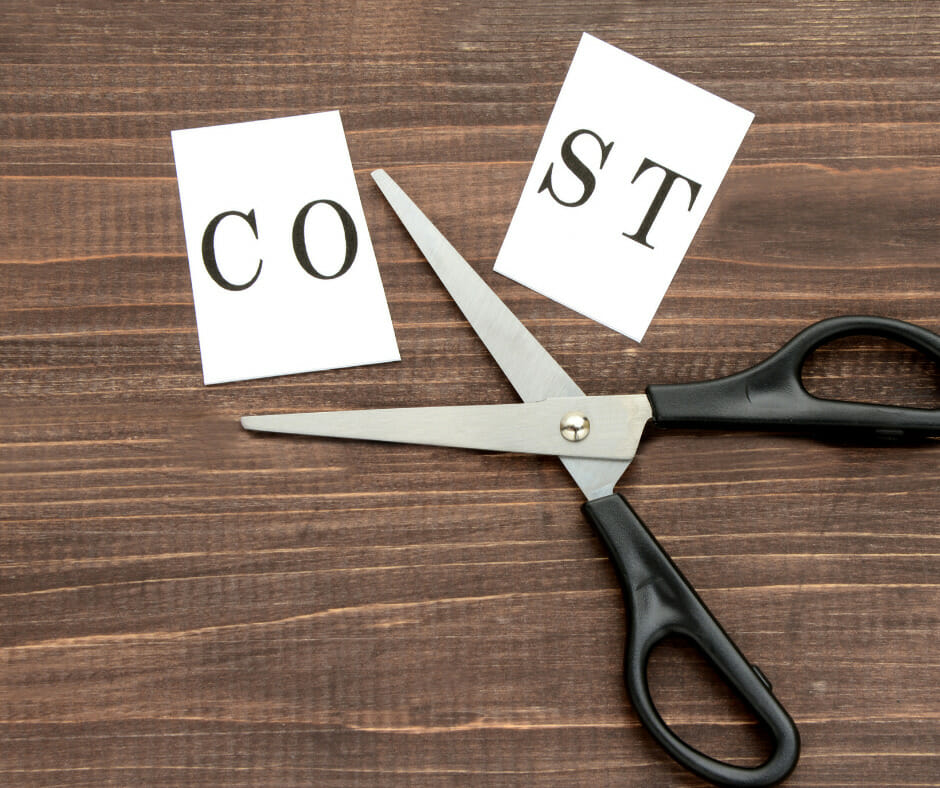Cost Accounting is a specialized area of accounting that provides insight into the costs associated with a business. Costing helps a company understand where they are spending their money. This valuable information determines which products or projects to develop further and employ.
Historians believe that cost accounting first appeared during the Industrial Revolution. During the mid to late 1700s, a new global supply chain was created. Demand economies forced producers to track their costs, which paved the way for automating their manufacturing processes.
Even though history tied manufacturing to cost accounting, today, it extends into the service industry. For example, a bank will often deduce how much it costs to deposit a customer’s check and process international wire transfers.
As you read further, you will discover several factors that determine the success of an organization’s cost accounting practices. These details will enable you to set up your unique process within your organization.
What is Cost Accounting?
Cost accounting (CA) is the method of accounting that records and analyzes a company’s total costs related to the production of a good or service. This type of accounting is in conjunction with establishing how a company gains and loses money.
The goal of cost accounting is to improve the net profit margin of a business. By tracking each project and process to determine how much profit each dollar of sales generates.
A company’s accountant is already aware of the organization’s fixed costs, such as rent and salaried wage expenses. However, variable costs, like raw materials, change with each product output or service rendered.
Understanding the intricacies of these costs is a critical component of a company’s growth trajectory. This information gives management the visibility they need to make changes to improve efficiency.
4 Types of Cost Accounting
There are four different types of cost accounting. Recognizing the specificity of each class will help you make strategic decisions and lead your business in the right direction.
1. Standard
Standard CA is where businesses assign a “standard cost” to a product or service. The costs budgeted for a project look at materials, production supplies, and commissions.
Standard cost is compared to the actual accrued expenses. This comparison is known as variance analysis
2. Activity-Based
Activity-Based Costing (ABC) is the cost allocated by the activity and effort used to produce a product or service.
This costing system breaks down overhead costs by the actual consumption of each good and service.
Both fixed and variable costs are associated with this costing type.
3. Lean
Lean CA is a method that focuses on the value of each part of the production process.
Lean is a more specialized type of cost accounting that will reduce waste and eliminate errors. This costing type puts the highest value on saving the customer money.
4. Marginal
This type of costing divides all costs against the total quantity of the project.

Marginal CA only considers the variable costs for a specific product. Whether a business takes on a new project or not, this costing type assumes all fixed costs will be paid each month.
An organization doesn’t have to stick solely to one type of cost accounting method. The beauty of CA is that your company can use a combination of these four systems to design a costing strategy that works best for you.
Difference Between Cost Accounting and Financial Accounting
Both cost and financial accounting are needed to track finances. However, cost accounting is a source of information about specific production costs only for internal purposes.
Financial accounting creates three official financial statements, or four if you consider the statement of retained earnings. These documents track all aspects of a company’s finances and are shared with investors and owners. Regulations and standards govern these statements to ensure consistency across snapshots of multiple businesses.
Advantages to Automation
No accounting process can be successful without strong support and software. Businesses rarely keep track of costs by hand or through Excel spreadsheets. These outdated methods are more prone to errors and are very time-consuming.
To correctly incorporate a successful CA system, one has to rely on the data.
Many companies are switching to cloud-based payroll and other automated accounting platforms. These highly developed software systems can accurately disseminate significant data across multiple departments and locations.
If you acknowledge that profitability is the key driver for any business sector, it becomes clear that employing a trusted system is critical. Measuring profitability could be the most important factor in determining the success of an organization.
Overall, cost accounting allows management more strategic planning and decision-making power to improve cost efficiency. Adopting an integrative and intuitive approach is the first step to streamlining costs.
How FINSYNC Can Help
FINSYNC allows you to run your business on One Platform. You can send and receive payments, process payroll, automate accounting, and manage cash flow. To learn more about how we can help your business start, scale, and succeed, contact us today.
